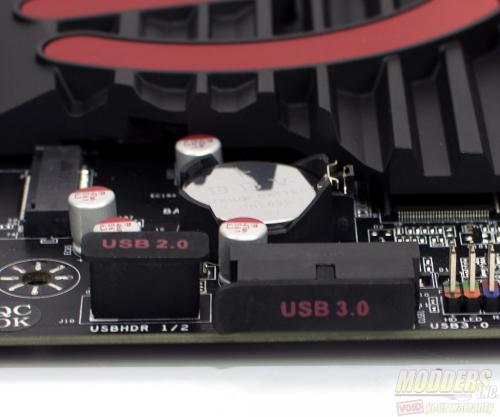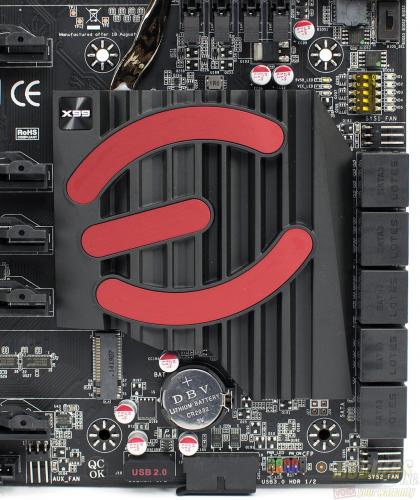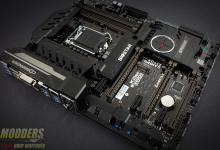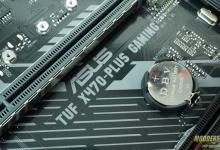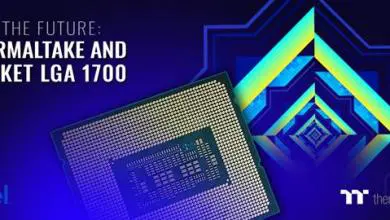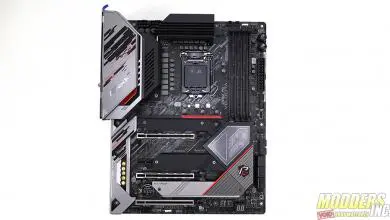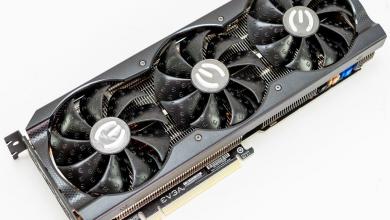EVGA X99 Classified Motherboard Review Featuring Kingston Hyper-X Fury DDR4 2400MHz
A closer look at the EVGA X99 Classified Motherboard
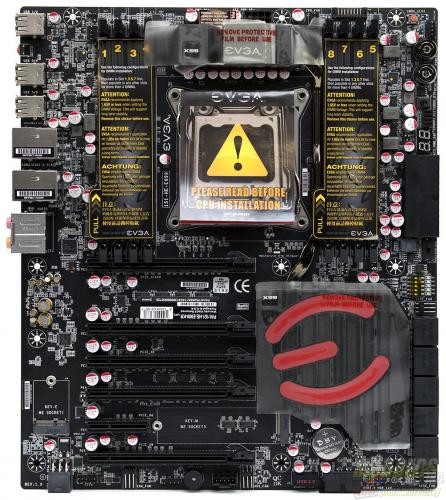 EVGA has done quite a bit to help users help themselves. Stuck on to the memory slots is a sticker (easily removed) that clearly states which slots to populate first and what the maximum voltage should be to ensure long life of the DIMMs. Attached to the socket protector is more instructions on how to install the LGA 2011-3 CPU.
EVGA has done quite a bit to help users help themselves. Stuck on to the memory slots is a sticker (easily removed) that clearly states which slots to populate first and what the maximum voltage should be to ensure long life of the DIMMs. Attached to the socket protector is more instructions on how to install the LGA 2011-3 CPU.
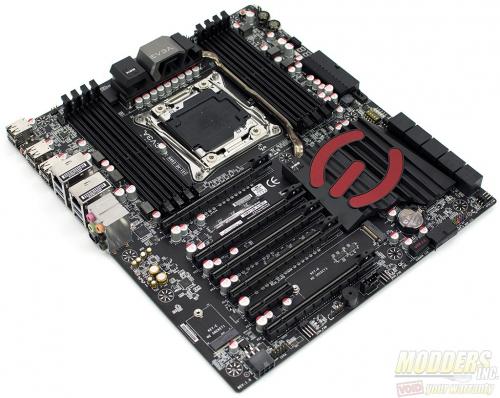
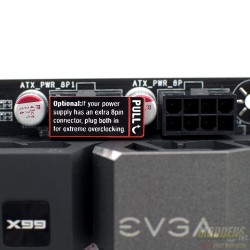 |
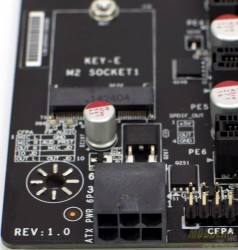 |
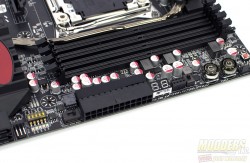 |
|
This motherboard is all about delivering power to the components. Up top, there are two 8-pin CPU power connectors that are capable of delivering up to 600 watts of juice to the power hungry i7 extreme series of CPUs. Along the lower left edge of the motherboard is an additional 6-pin PCI-E power connectors to deliver more power to the PCI-E slots when using a multi-GPU setup such as SLI or CrossFire. The 24-pin ATX power connector is turned 90° from what is standard on most other motherboards.
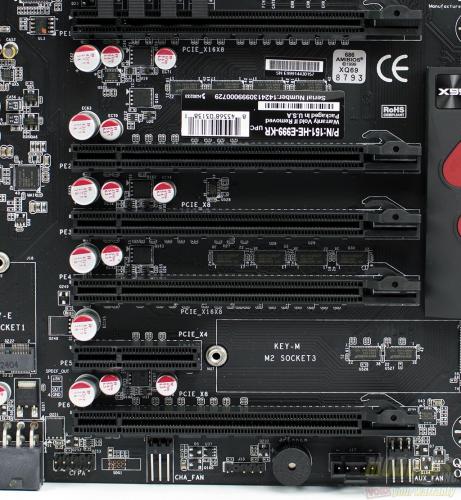
| PCIe Slot Breakdown | ||
| 40 Lane Processor | 28 Lane Processor | |
| Slot 1 | 16x (x8 if slot 2 is used) | 16x (8x if slot 2 is used) |
| Slot 2 | 8x | 8x |
| Slot 3 | 8x | Not available with a 28 lane CPU |
| Slot 4 | 16x (8x if slot 3 is used) | 8x |
| Slot 5 | 4x (gen 2, pulled from PCH) | 4x (gen 2, pulled from PCH) |
| Slot 6 | 8x | 4x |

